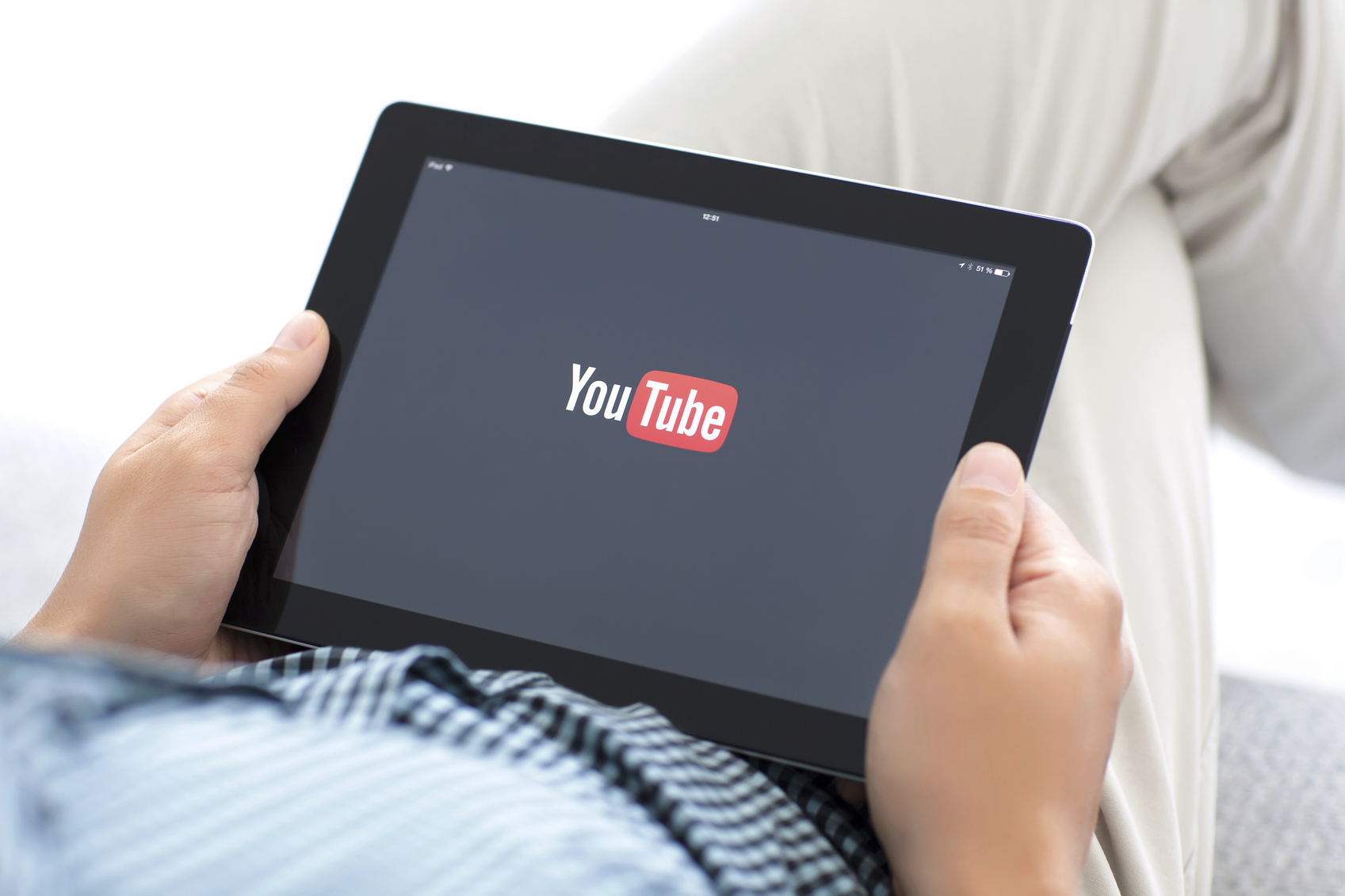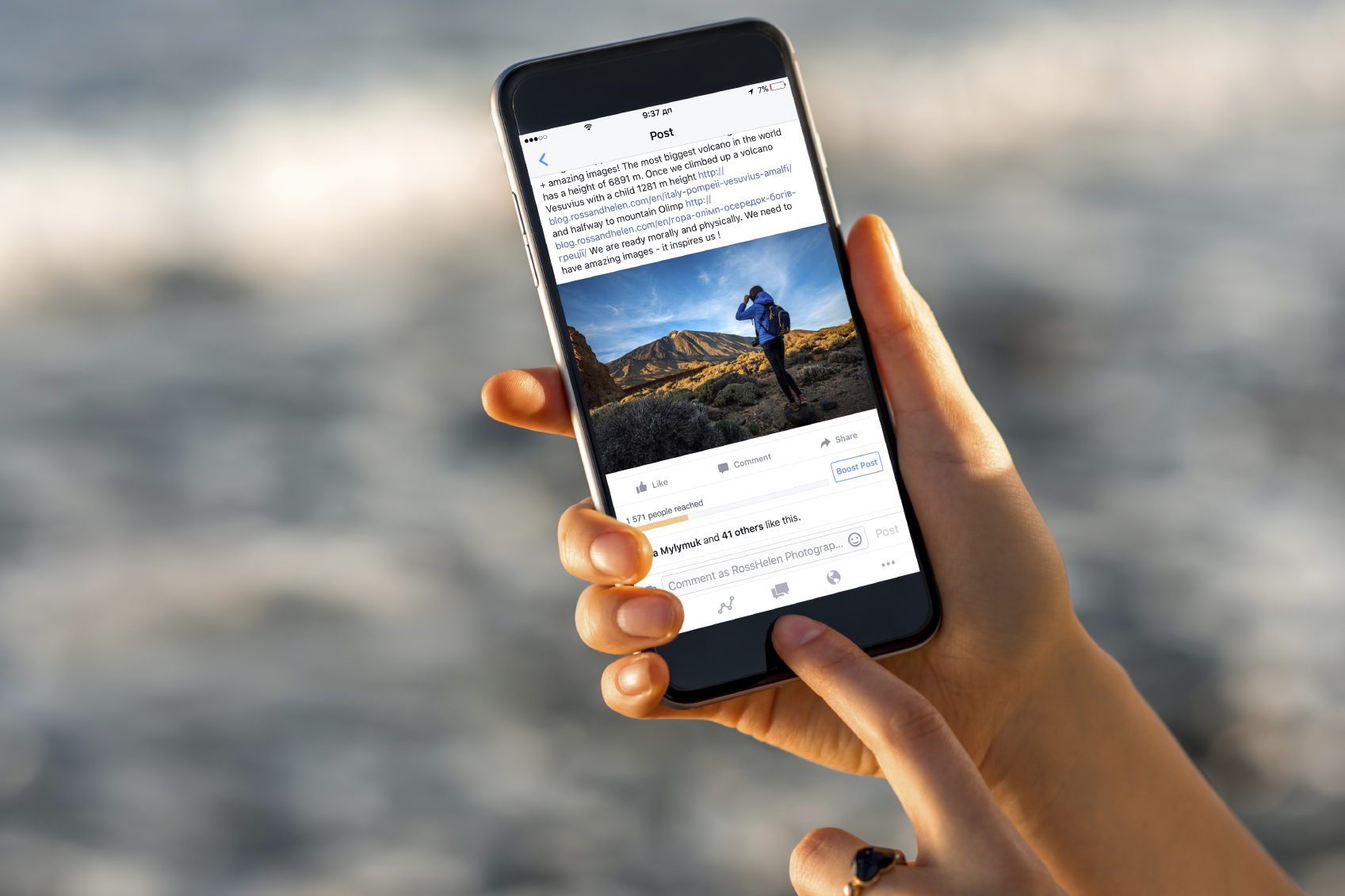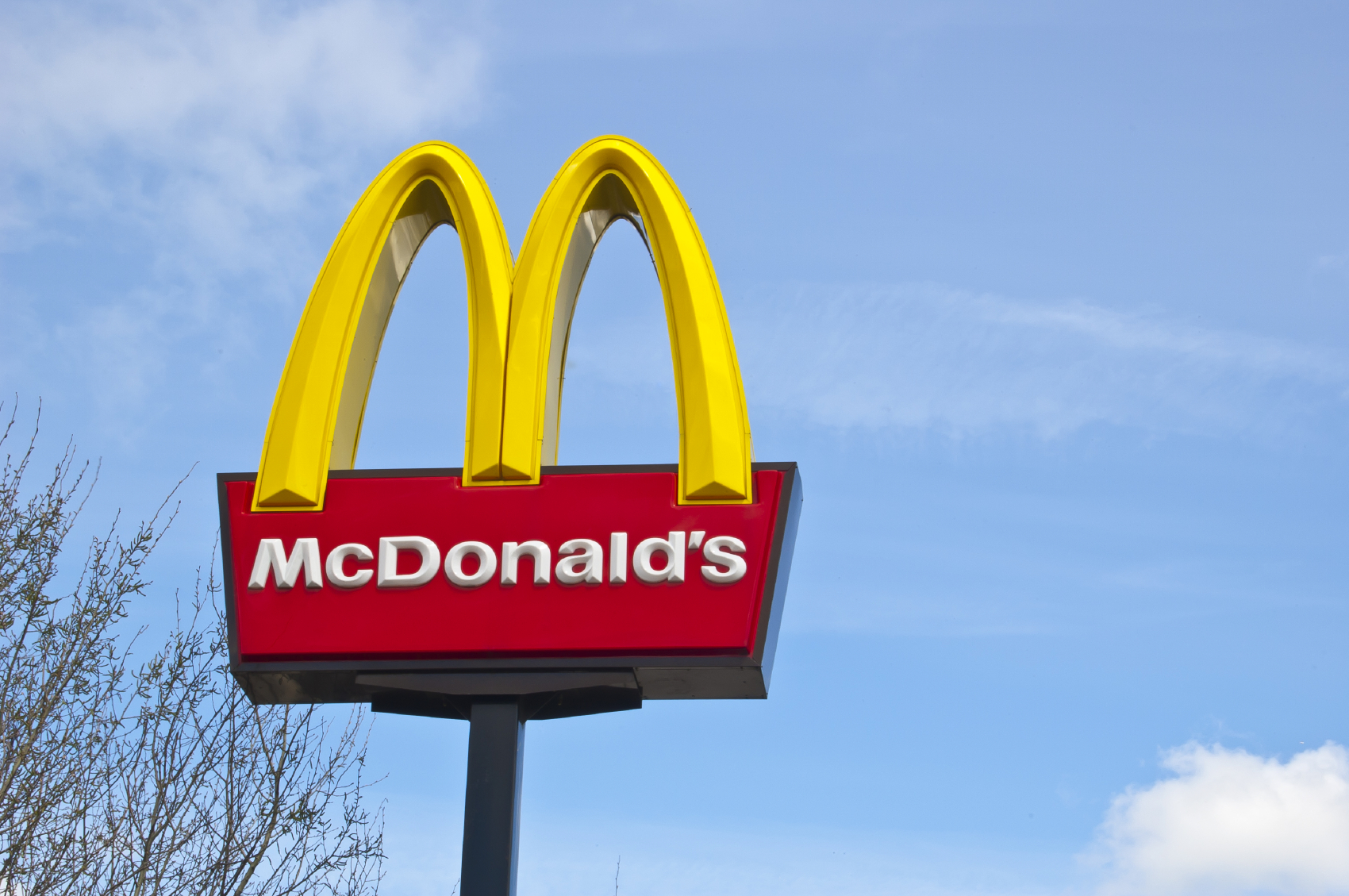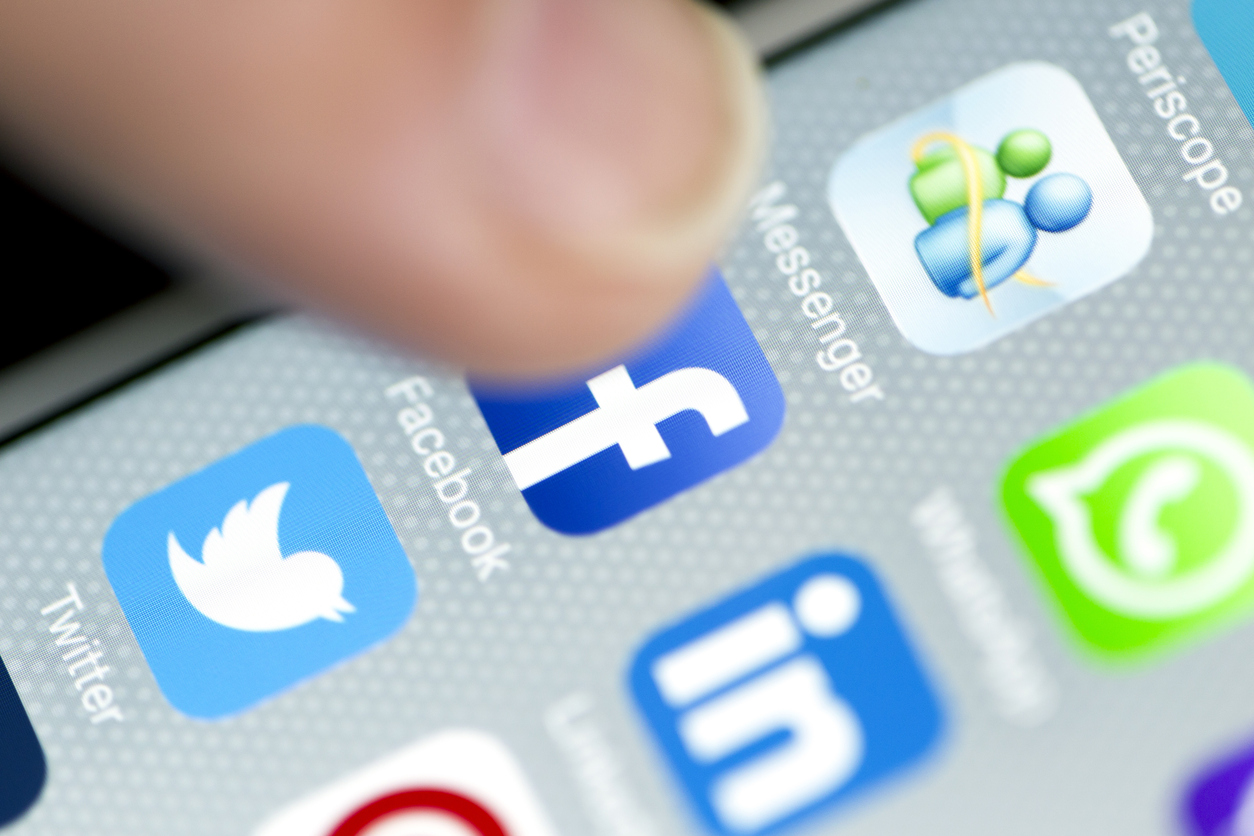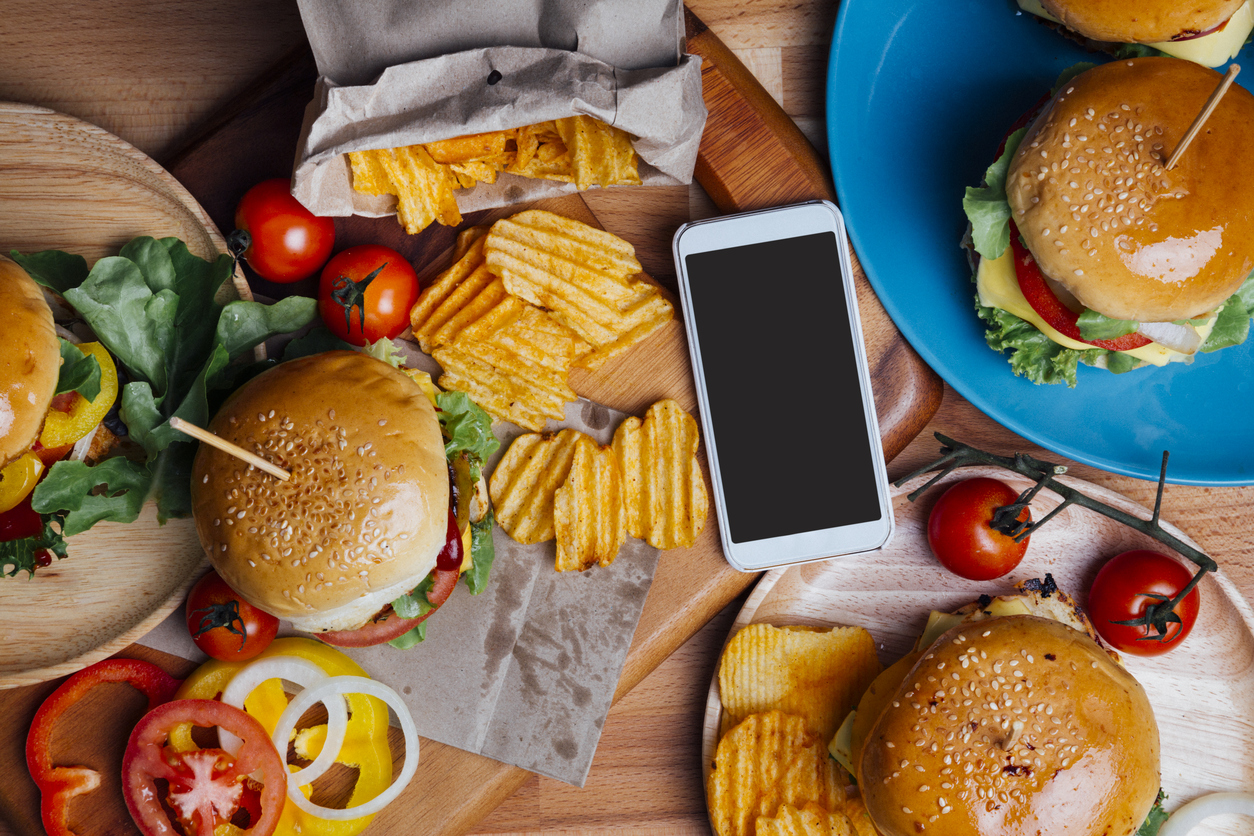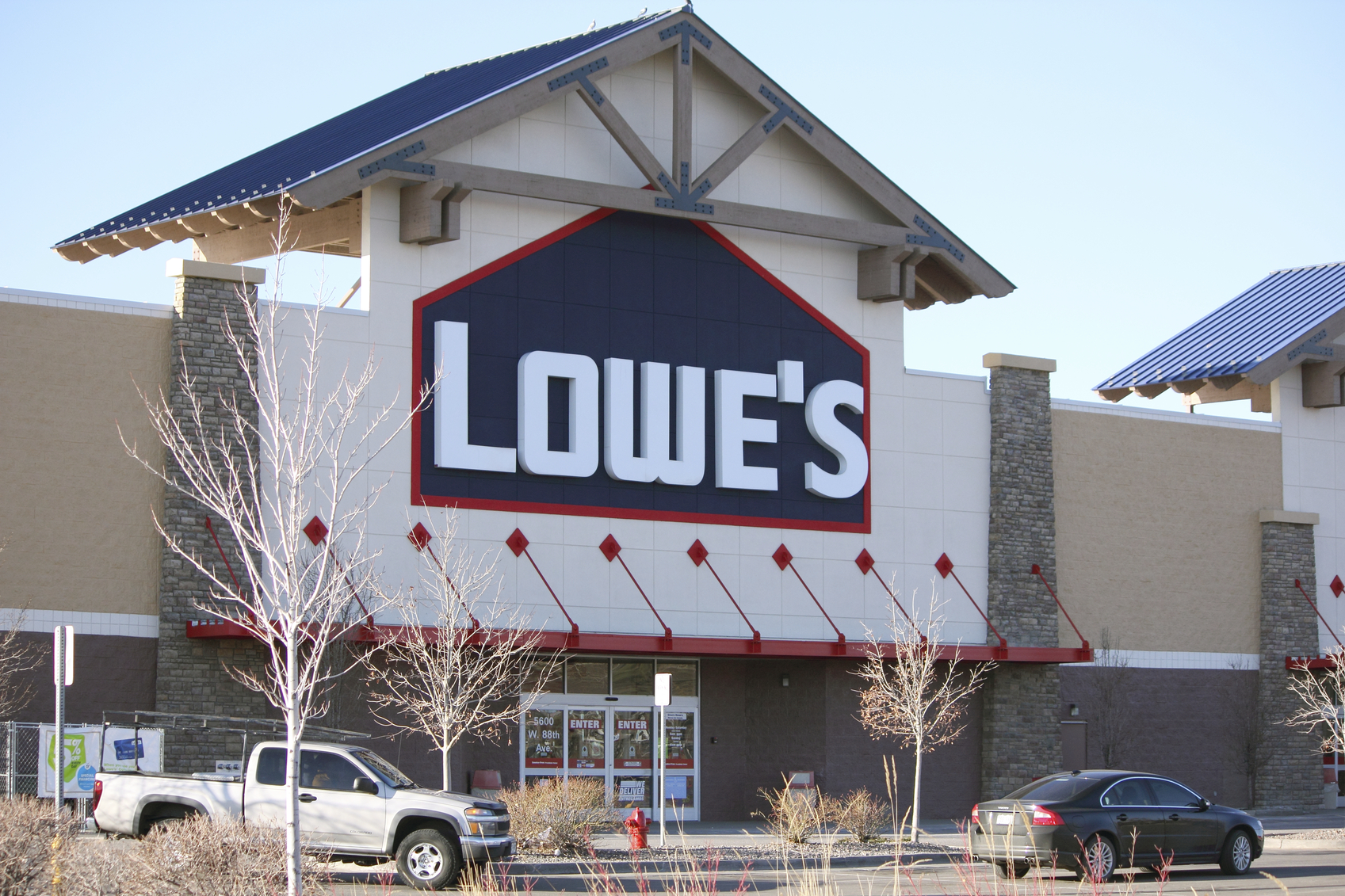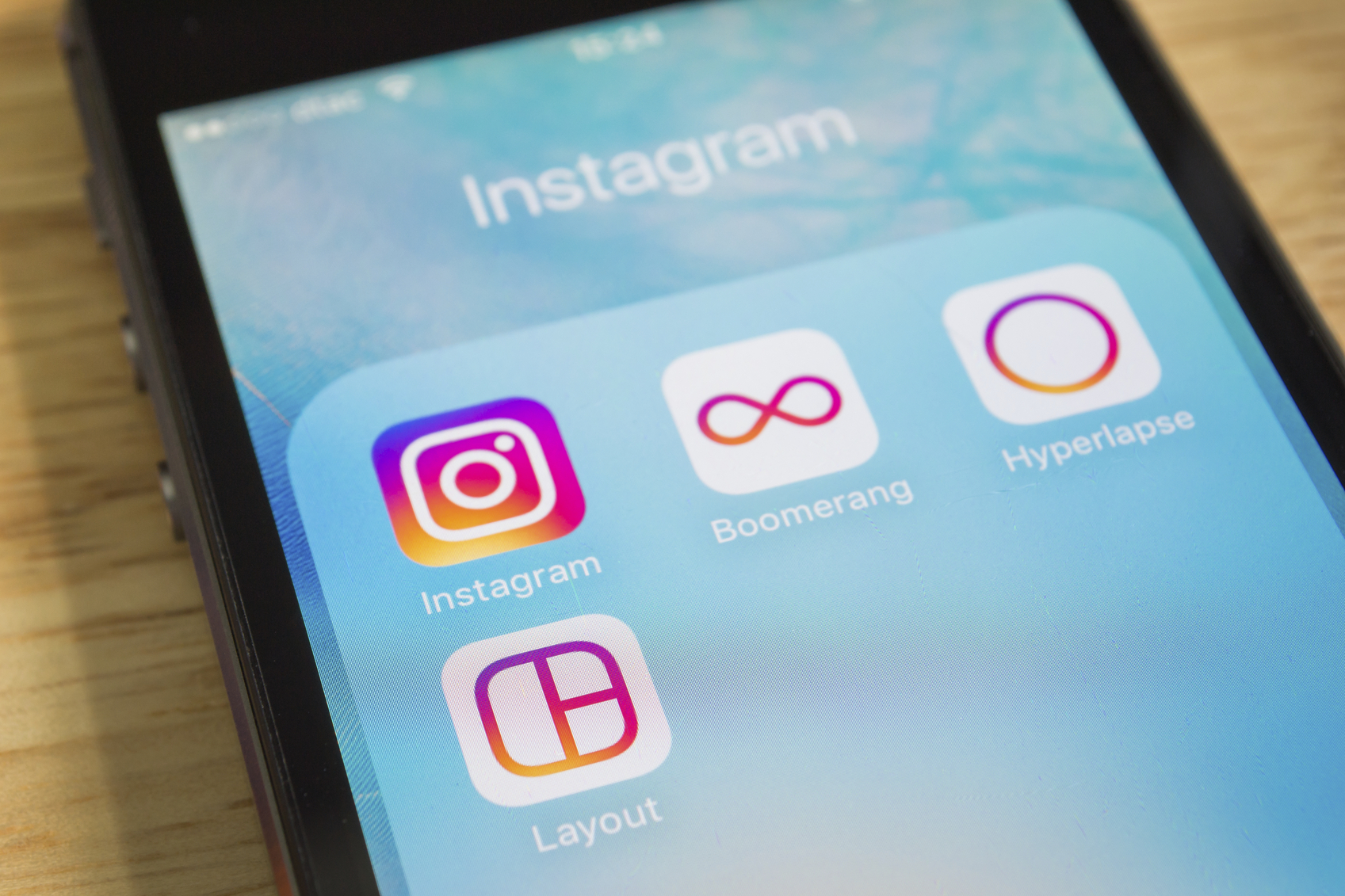What Happened
This week, Facebook launched several new features and initiatives aiming to build out the video offerings on its main site. On Tuesday, the social network rolled out a “watch and scroll” feature to all desktop users, allowing videos to keep playing in a pop-up window on the side of the News Feed even when users have scrolled past them. On Wednesday, the company also updated its Live video product to allow all users and Pages using its iOS app to invite a friend to make a guest appearance in their broadcast.
According to multiple sources, the company has inked deals with millennial-focused publishers including Vox Media, BuzzFeed, ATTN, and Group Nine Media to create original series for its upcoming video service, which reportedly will feature long and short-form content with ad breaks. In addition, Facebook has also started beta testing a new ad targeting tool called Audience Direct that gives streaming video publishers access to Facebook user data for more nuanced targeting on their own apps and websites.
What Brands Need To Do
Facebook’s recent moves to improve its video features, both live and regular, and acquire more original content are the latest in its push to attract more advertising dollars as it continues to challenge YouTube as a go-to destination site for digital video advertising, which is projected to hit $18 billion in ad spending by 2018. Facebook has significantly grown the video consumption on its site over the past few years, as the social network now claiming that users watch over 100 million hours of video on its site every day. As Facebook continues to double down on its video products, brands should reevaluate their media mix and consider leveraging Facebook’s massive global reach to reach consumers online with targeted video ads.
Sources: as linked in the post



